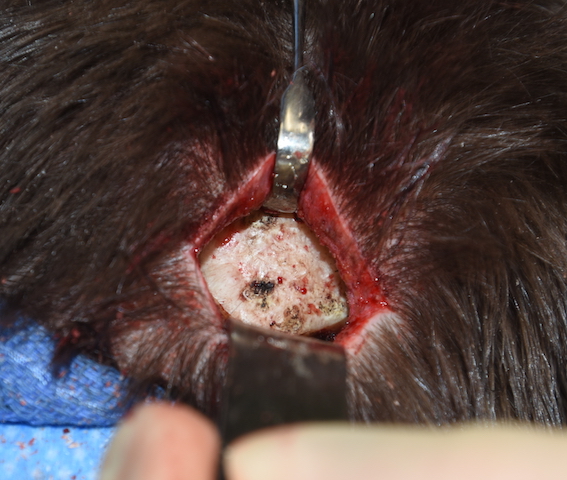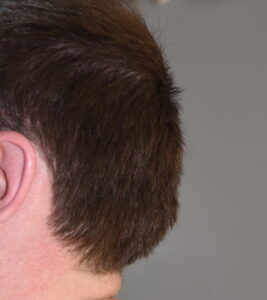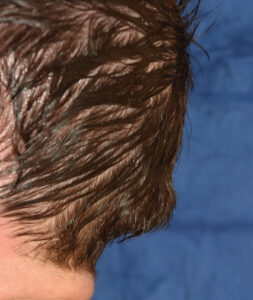Background: The occipital knob is for many one of the most smallest of the aesthetic skull deformities. While its surface area is relatively small the degree of protrusion it creates can be significant. Besides its aesthetic prominence it can also cause some discomfort for some when laying on it and be an impediment in the wearing of some headgear such as helmets.
By far patients that present for occipital knob reduction are overwhelming men who have very short hair or shave their heads. Far less common are women or men that have longer hair. But when a male presents with significant hair coverage it is because they keep their hair longer to hide it. They are well aware of its existence and their goal is to get it reduced so they can wear their hair shorter.
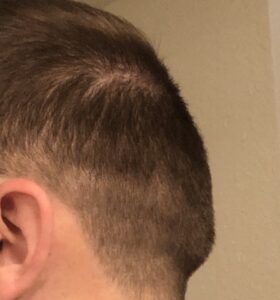
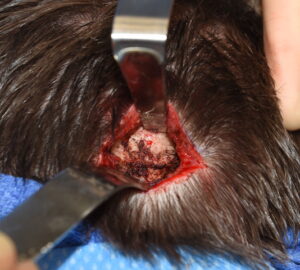
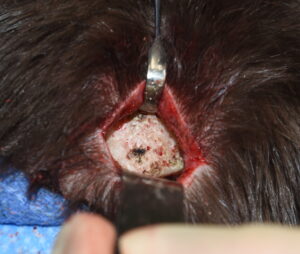
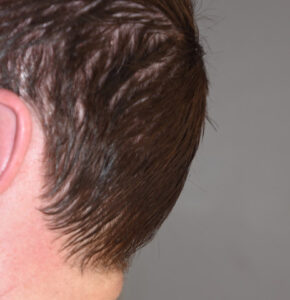
Case Highlights:
1) Short hair can make an occipital knob skull deformity more prominent.
2) Reduction of an occipital knob can be done without having to shave or remove hair.
3) Adequate reduction of an occipital knob requires turning the corner and getting on the underside of the bone’s surface.
Dr. Barry Eppley
Indianapolis, Indiana

